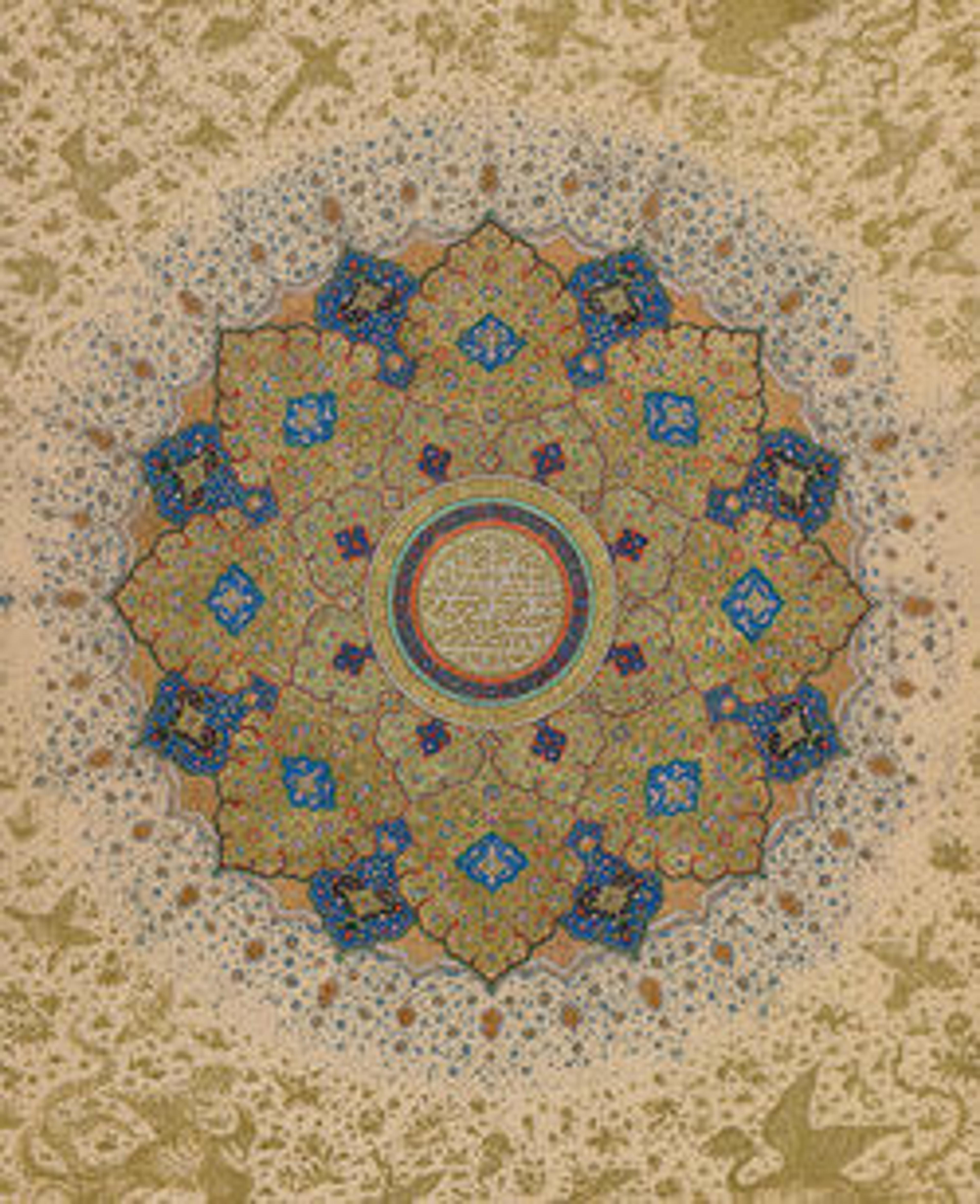Panel with Horse Heads
Artwork Details
- Title: Panel with Horse Heads
- Date: 11th century
- Geography: Made in Egypt
- Medium: Wood (teak); carved
- Dimensions: H. 13 3/4 in. (34.9 cm)
W. 8 15/16 in. (22.7 cm)
D. 11/16 in. (1.7 cm)
Object with mount: L. 14 1/8 in. (35.9 cm)
W. 9 1/8 in. (23.2 cm)
D. 1 5/8 in. (4.1 cm) - Classification: Wood
- Credit Line: Rogers Fund, 1911
- Object Number: 11.205.2
- Curatorial Department: Islamic Art
Audio
6697. Panel with Horse Heads
ELLEN KENNY: Hi, I'm Ellen Kenney. I'm a Research Associate in the Department of Islamic Art. And we're here looking at a wooden panel, which dates to the Fatimid period, and comes from the Fatimid capital of Cairo. Perhaps surprisingly, we find that wood was used fairly widely in the architecture of the Fatimid period, even though it would have been a rather expensive commodity, and often had to be imported. So I think we have to think of wood in the context of Fatimid Cairo as a luxury material, rather than something sort of mundane. I love this panel; the way these horse heads sort of morph into an arabesque - almost like a seahorse. And then the arabesque morphs into the spiraling background. It's just a delightful piece. So you have on the one hand this very deep carving, making a real contrast of light and dark… And then at another level a lot of the detail like the serration on the arabesque leaves, and… the decoration on the bridal, and the horse's mane and eyes are very gently etched in a way into the wood. And so ultimately this gives us… a real sense of richness, but with both this sort of gentle etching and the deep carving in combination.
More Artwork
Research Resources
The Met provides unparalleled resources for research and welcomes an international community of students and scholars. The Met's Open Access API is where creators and researchers can connect to the The Met collection. Open Access data and public domain images are available for unrestricted commercial and noncommercial use without permission or fee.
To request images under copyright and other restrictions, please use this Image Request form.
Feedback
We continue to research and examine historical and cultural context for objects in The Met collection. If you have comments or questions about this object record, please complete and submit this form. The Museum looks forward to receiving your comments.
